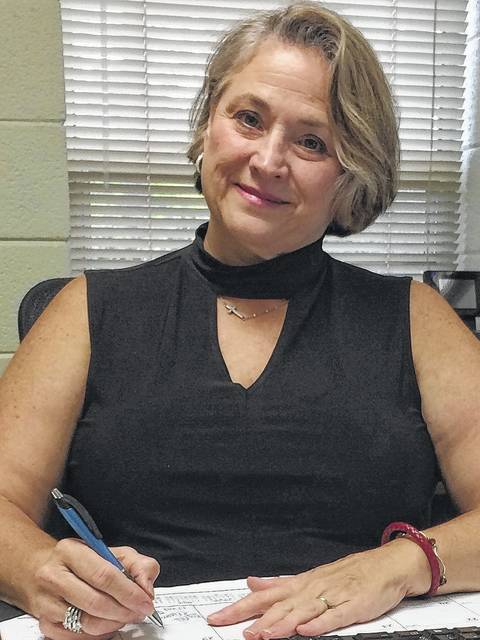“Amazing Grace how sweet the sound that saved a wrench like me, I once was lost but now I’m found, was blind but now I see.” What a beautiful song! A song that is loved by many and familiar to most of us.
I worked with a caregiver once that shared that her mother could not remember anything. She could not remember the name of her children or even remember she had children. But she could sing “Amazing Grace” without missing a word. Isn’t that wonderful! She was able to sing this familiar beautiful song. What joy that must have brought her.
But we ask ourselves, “How can this be? How could this lady living with Alzheimer’s disease remember the words of this song and not remember the names of her children.” Sometime back I had told you that the left side of your brain is where you store language and the right side of your brain is where you store rhythm. Alzheimer’s disease attacks the brain asymmetrically, it attacks the left side of the brain first, and then the disease spreads. The right side of your brain where rhythm is stored allows people living with Alzheimer’s disease the ability to carry rhythm. They may be able to sing a song or recite a poem, the Lord’s Prayer or the 23rd Psalm. Music is a valuable tool that will assist caregivers when communicating with their loved ones.
A couple of years ago I attended the North Carolina Association on Aging Conference. The conference highlighted a documentary filmed by Michael Rossato-Bennet. This documentary featured a social worker by the name of Dan Cogan. He conducted an experiment with people living with Alzheimer’s disease and other dementias. The name of this documentary was “Alive Inside”. Music has meaning and it creates a gateway to reach someone. Music invokes joy! Music creates spontaneity! This all was proven and shown in this documentary!
This film reflected on a man by the name of Henry. His needs demanded total assistance. He had been in a facility for 10 years. He was to the point of no response, but when the social worker, Dan Cogan, put music to his ears by way of a headphone and iPod, Henry responded. Henry responded in such a way no one expected. He started singing along with the music he grew up with. Music he listened to and sang as a young adult and when he was a father. After listening to his music, Henry was able to carry on a conversation with Dan. This amazed Henry’s daughters and brought tears to their eyes. The music carried Henry back to a place he could remember. You see music connects people with who they have been and who they are.
Remember language on the left and rhythm on the right. You lose on the left and retain on the right! The right side of your brain is where rhythm is stored. This is why people living with Alzheimer’s disease can remember the songs and the hymns they once sang. So I suggest to you, try it! Remember I told you to be innovative and creative as caregivers. Play some music when times get difficult or harsh, you may find this is a comfort to those living with dementia. When they are at peace you are at peace.
Please come join me and Marie Faircloth on the 2nd Tuesday of each month at 2 p.m. at the Sampson County Department of Aging for the Dementia Education and Alzheimer’s Support Group. Go on line and look up www.aliveinside.US. You will be amazed.
Hope you have a “Best Day Ever”.

